Did a TV Series Once Not Even Stop Production When One of Its Two Leads Killed Himself?
Here is the latest in a series of examinations into urban legends about TV and whether they are true or false. Click here to view an archive of the TV urban legends featured so far.
TV URBAN LEGEND: A TV series continued production even after one of the two leads on the show killed himself.
I would never dream of begrudging shows continuing when one of their leads die. I mean, obviously, The Royal Family was not going to last long past Redd Foxx’s death or Chico and the Man after Freddy Prinze’s suicide, but when you’re in charge of a television program that employs dozens of people, I don’t think it is unfair at all to consider those people’s jobs and continue the show even if the chances are that the show won’t recover from the death of one of the leads.
However, few shows reacted as oddly to a lead’s death as Alias Smith and Jones, which never even halted production!!
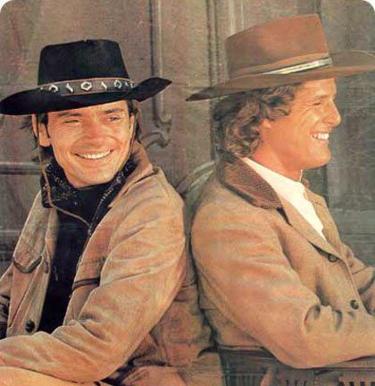
Alias Smith and Jones was a clever western series created by Glen A. Larson, noted TV writer and producer (and creator of Battlestar Galactica, as well as Knight Rider, among many many shows, including co-creating Magnum P.I.).
It starred Pete Duel as Hannibal Heyes and Ben Murphy as Kid Curry, two of the most well-known outlaws in the Wild West, who now have decided to go on the straight and narrow. They always made a point of not killing people, so they convince a sheriff to pardon them. However, due to their notoriety, the sheriff can’t OFFICIALLY pardon them or else the outrage would be far too intense. Instead, they have to be good guys for an undetermined time until they have “earned” their pardon. In the mean time, they take on the respective aliases of Joshua Smith and Thaddeus Jones (hence the title of the show, Alias Smith and Jones) and try to stay away from the lure of the life of the outlaw, while also staying clear of detectives still trying to capture them (as well as former associates who don’t appreciate their reformation).
The show debuted strong in the ratings (not getting destroyed TOO badly by its time slot opponent, the popular Flip Wilson Show), and for awhile there, it seemed like they had a chance to buck the trend in television of Westerns no longer having an audience (There were very few of the classic Westerns still on the air by the time Alias Smith and Jones debuted as a mid-season replacement in January 1971).
Then, mid-way through their second season, tragedy struck – Pete Duel killed himself via a self-inflicted gunshot wound sometime after midnight the morning of New Year’s Eve, 1971.
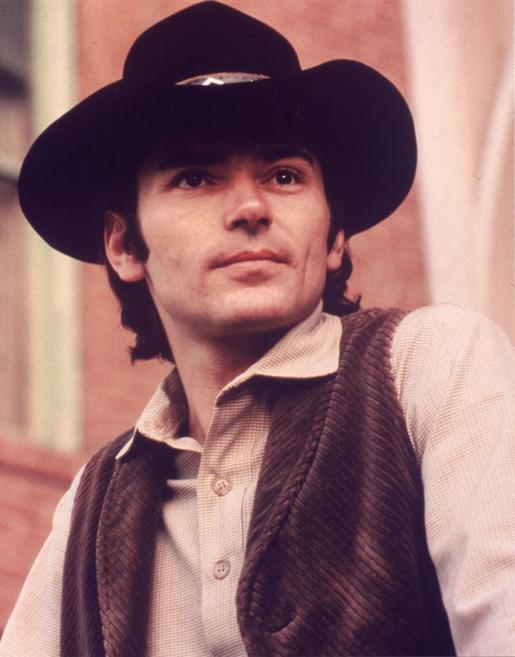
Even before the show began, the legendary television writer/producer Roy Huggins was sort of co-running the show with Larson (veteran producer Jo Swerling, Jr. was the day-to-day producer of the show), and by the beginning of the first season, Huggins was mostly in charge, and Huggins’ first instinct was to just cancel the show.
However, in a meeting with ABC executives on the morning of January 1, 1972, Huggins and Swerling were basically ordered to keep up with production of the show. Effectively, “You have a contract with us to keep doing this show – if you stop, we will sue you.” Not only that, but because the show was already behind schedule (hence the fact that they had scheduled filming for New Year’s Day) they were ordered to continue filming THAT DAY!
So a shocked Huggins and Swerling had to go to the set (where all the employees had gathered and were informed of Duel’s death – except those that had heard it on the news) and tell everyone that production was to continue on the show – they were to just film scenes of the episode (which they had already completed two days worth of shooting) “The Biggest Game in the West” that did not feature Duel until his role could be re-cast.
Actor Roger Davis (who actually did the spoken intro to the series) was cast while on a flight to Aspen for New Year’s Eve and by the end of the day on January 1, 1972, Davis was already being fitted for his costume.
And after the funeral for Duel on January 2, 1972, production picked back up the following day with re-shots of some of the scenes filmed with Duel in them, and all the new shots needed with Davis.
For some of the scenes, they would show the back of Duel’s head and then cut to a close-up of Davis’ face (or vice versa).
For example…here is Smith (played by Davis) leaving a stagecoach…
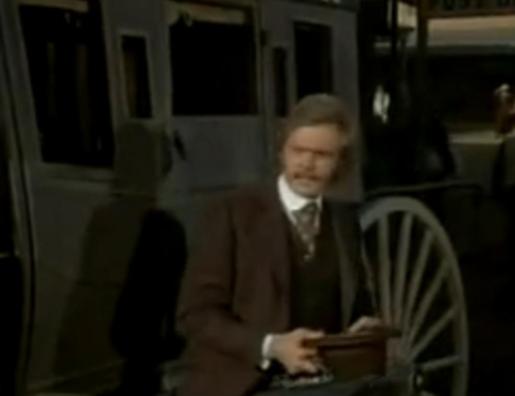
and here is Smith (played by Duel) walking to the bank from the stagecoach…
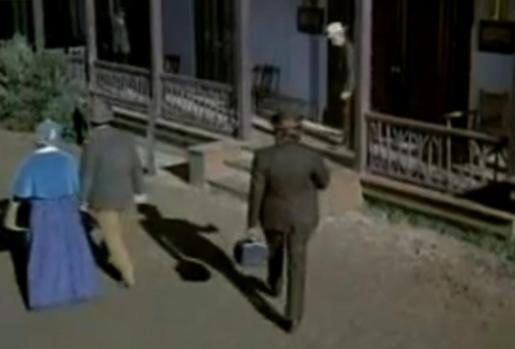
Pretty freaky, huh?
The show would finish its second season and actually get renewed for a third season, but was canceled during November sweeps (it had moved to air across from All in the Family, which did not bode well for whatever show airing against it). All together, Davis starred in 17 episodes as Jones to Duel’s 33.
The legend is…
STATUS: True (although, of course, the timing is a bit different than that)
Thanks to Douglas Snauffer and Joel Thurm’s great book, The Show Must Go on: How the Deaths of Lead Actors Have Affected Television Series for the information about how ABC forced the show back into production!
Feel free (heck, I implore you!) to write in with your suggestions for future installments! My e-mail address is bcronin@legendsrevealed.com
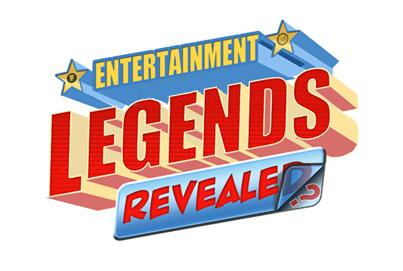

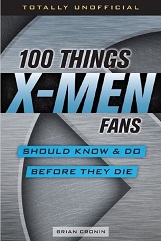
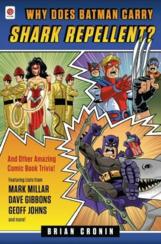


Didn’t something similar happen with “Cover Up” too? Jon-Erik Hexum died in a shooting accident (which might have been a suicide), so they cast another actor to replace him (but not as the same character this time).
I can think of several other TV shows where the sudden death of a major cast member has not stopped the show from continuing, from Inigo Pipkin to Glee.
The key here was that the show didn’t even stop production. Other shows have obviously continued when a star has died, but they almost all take breaks first before continuing production. This show didn’t skip a beat.
If I recall, Jon-Erik Hexum’s death was not a suicide, but a prank that went terribly wrong. He fired a gun with a blank cartridge in it at his head; the paper in the cartridge lodged in his brain, leaving him brain dead. An actor named Antony Hamilton replaced him.
There were three westerns left on TV when “Alias Smith and Jones” premiered. “The Virginian”, retitled “The Men from Shiloh” was in its last season; it left the air in 1971. “Bonanza” didn’t survive the 1972 death of Dan Blocker and a timeslot change, it left the air in early 1973. “Gunsmoke” finished its 20 year run in 1975. “Law & Order” equaled its longevity in 2010, but “Gunsmoke” leads in the episode count (635 vs. “L&O”‘s 456.)
Jon-Erik Hexum died in an on set accident not a suicide. It is actually very similar to the way Brandon Lee Died.
He was joking around between takes and took a prop pistol and put to his head not realizing that the packed paper inside could actually eject.
The resulting trauma fracture his skull and killed him.
Just for the record here, and I know it’s a niggle but I LOVE Alias Smith and Jones…. Pete Duel (and then Roger Davis) played Hannibal Heyes/Joshua SMITH not Jones as the text says above. Pete was an amazing actor, SO sad that he is gone.
A/S is a classic deserves a bluray release with full extras on off interviews with much info on pete death also I hope sometime soon? Iv just come across these guys over 1 year ago I’m a fan of pete such a tragedy he could of gone to Dallaglio etc… so sad he shot himself,I’m sure he was gay but who would of cared maybe that’s why he had issues with his brother?I meant gone onto play in dallas,the ewings.who knows,I hopes he’s in peace Be in Peace pete we love you see you on that big final day.Still I’m so sad you walked out…